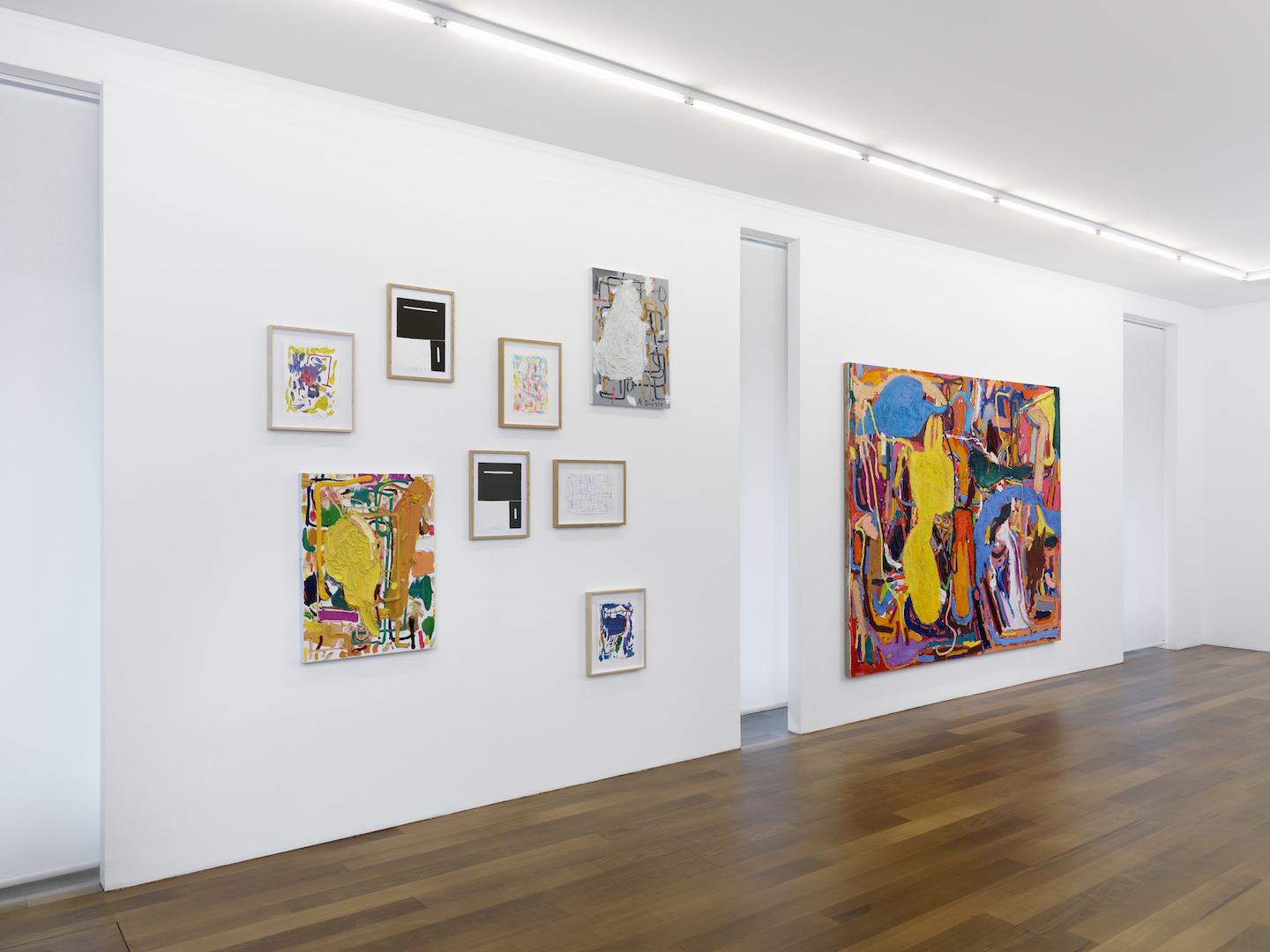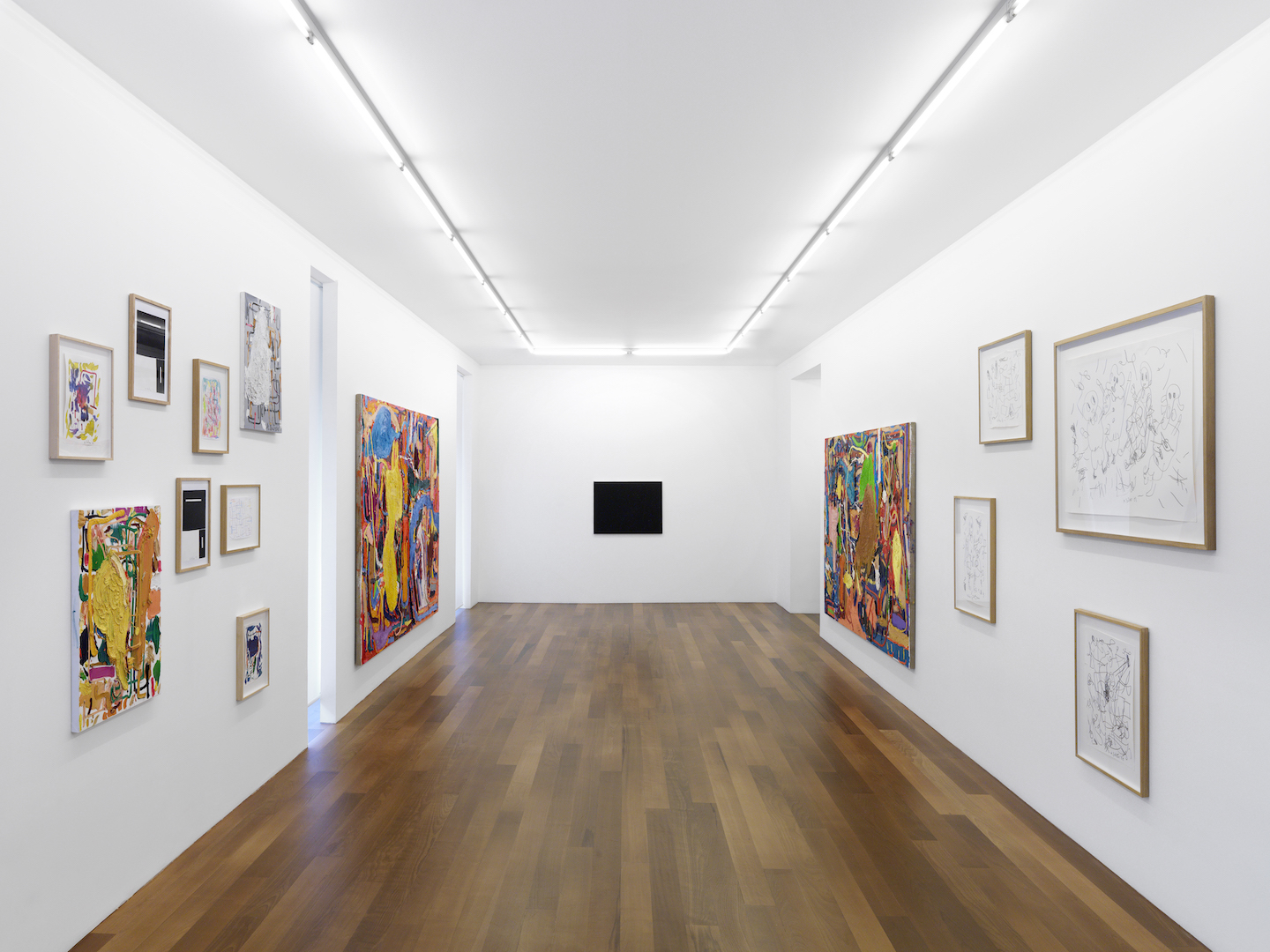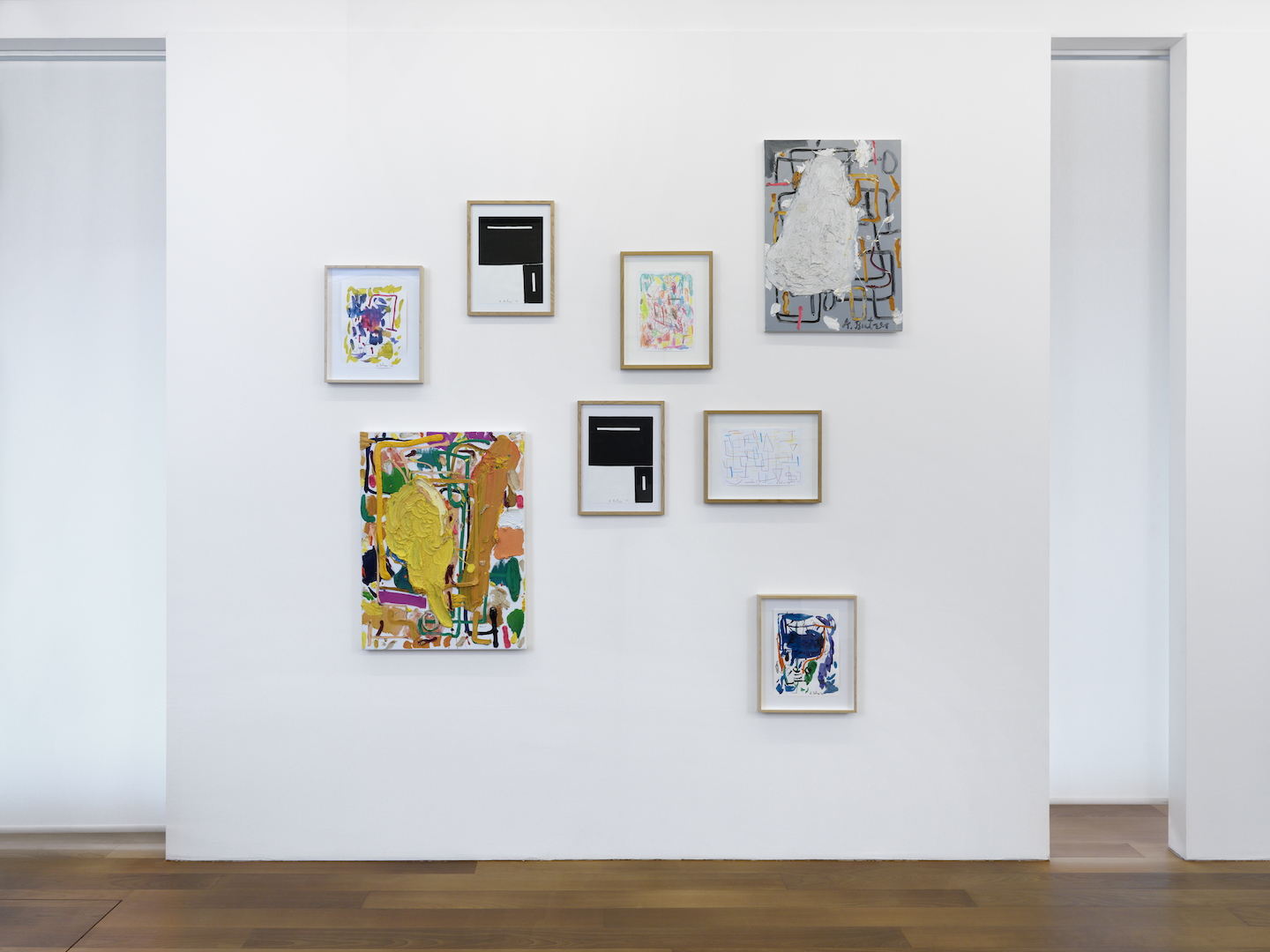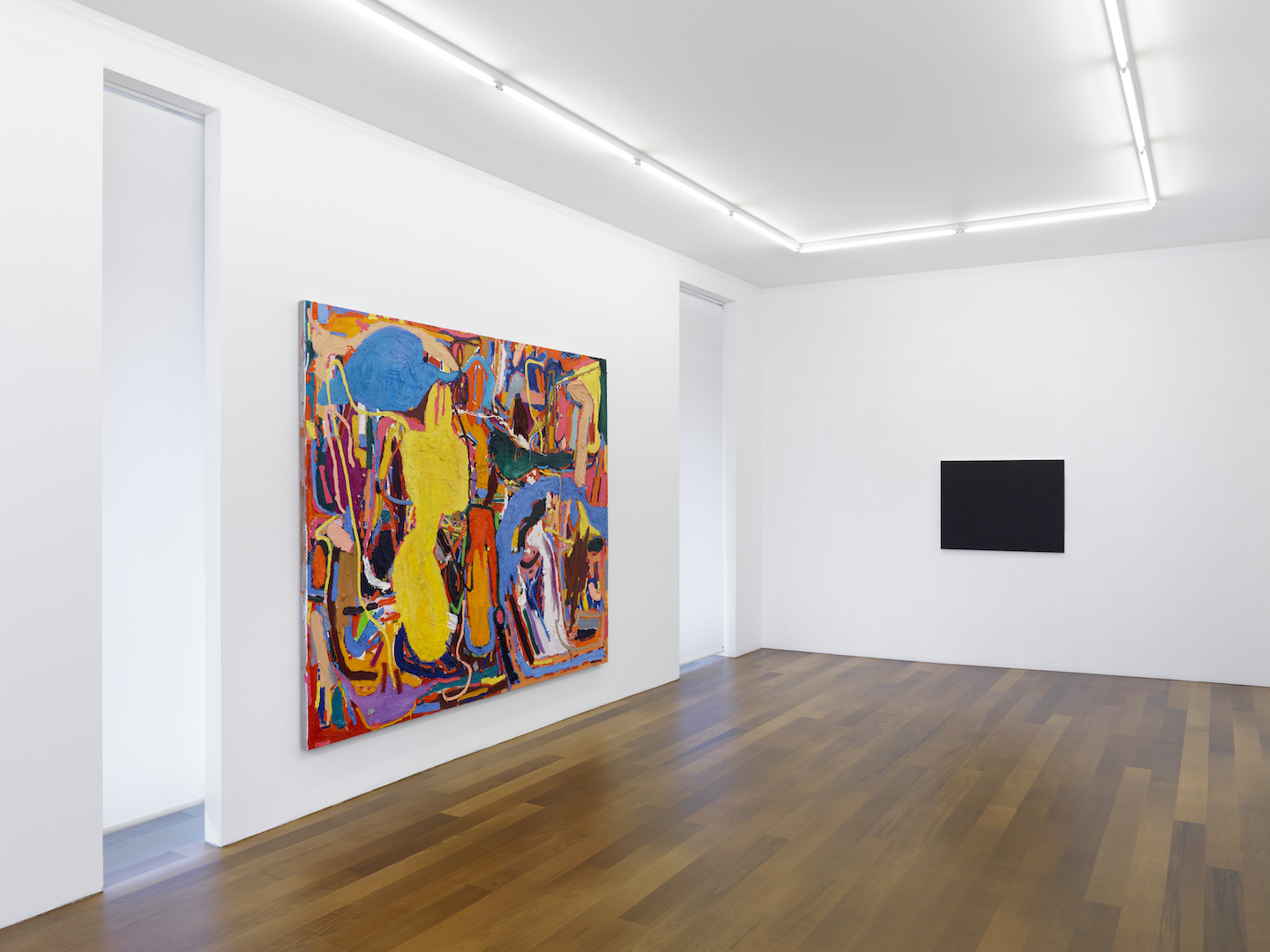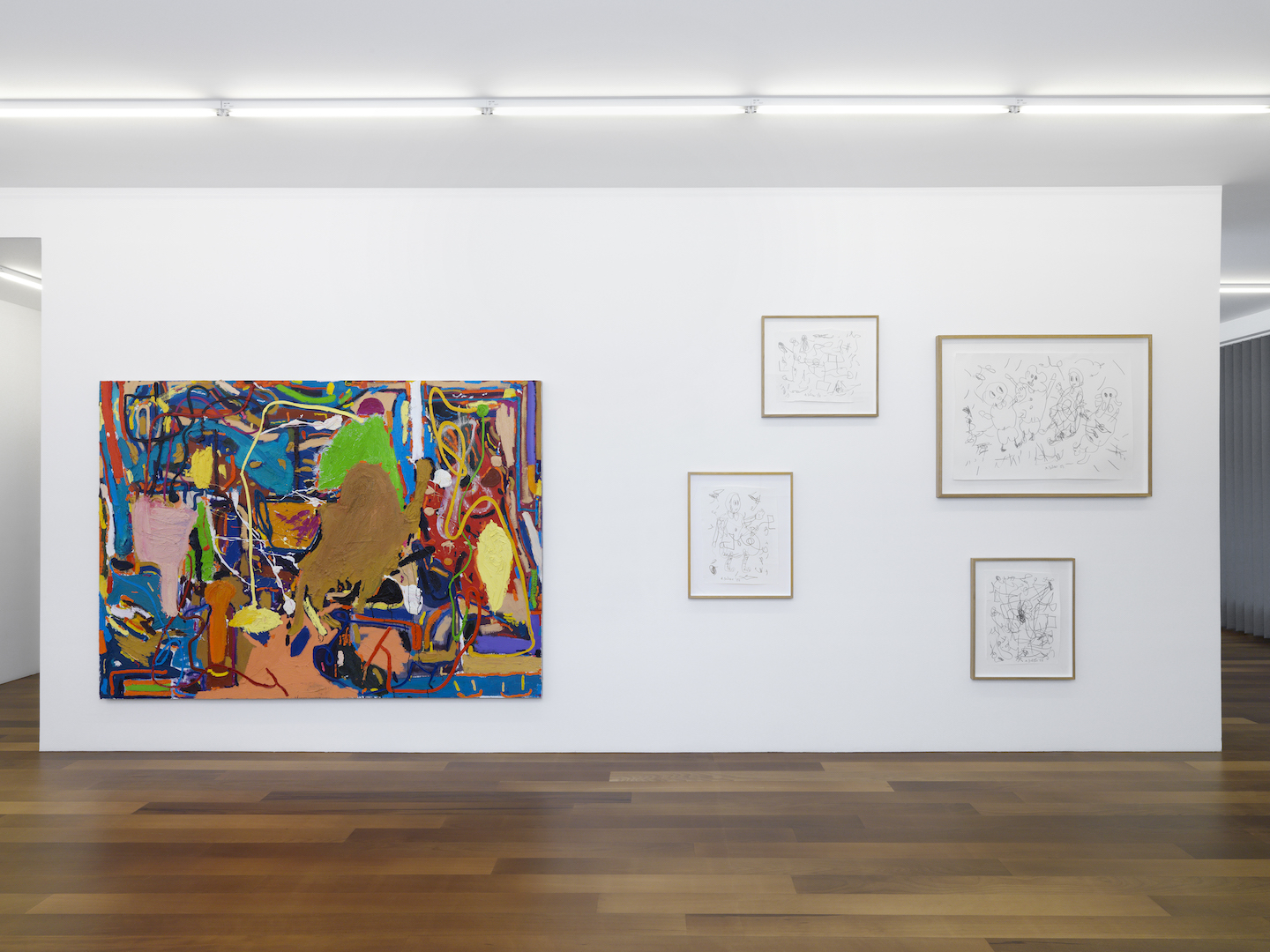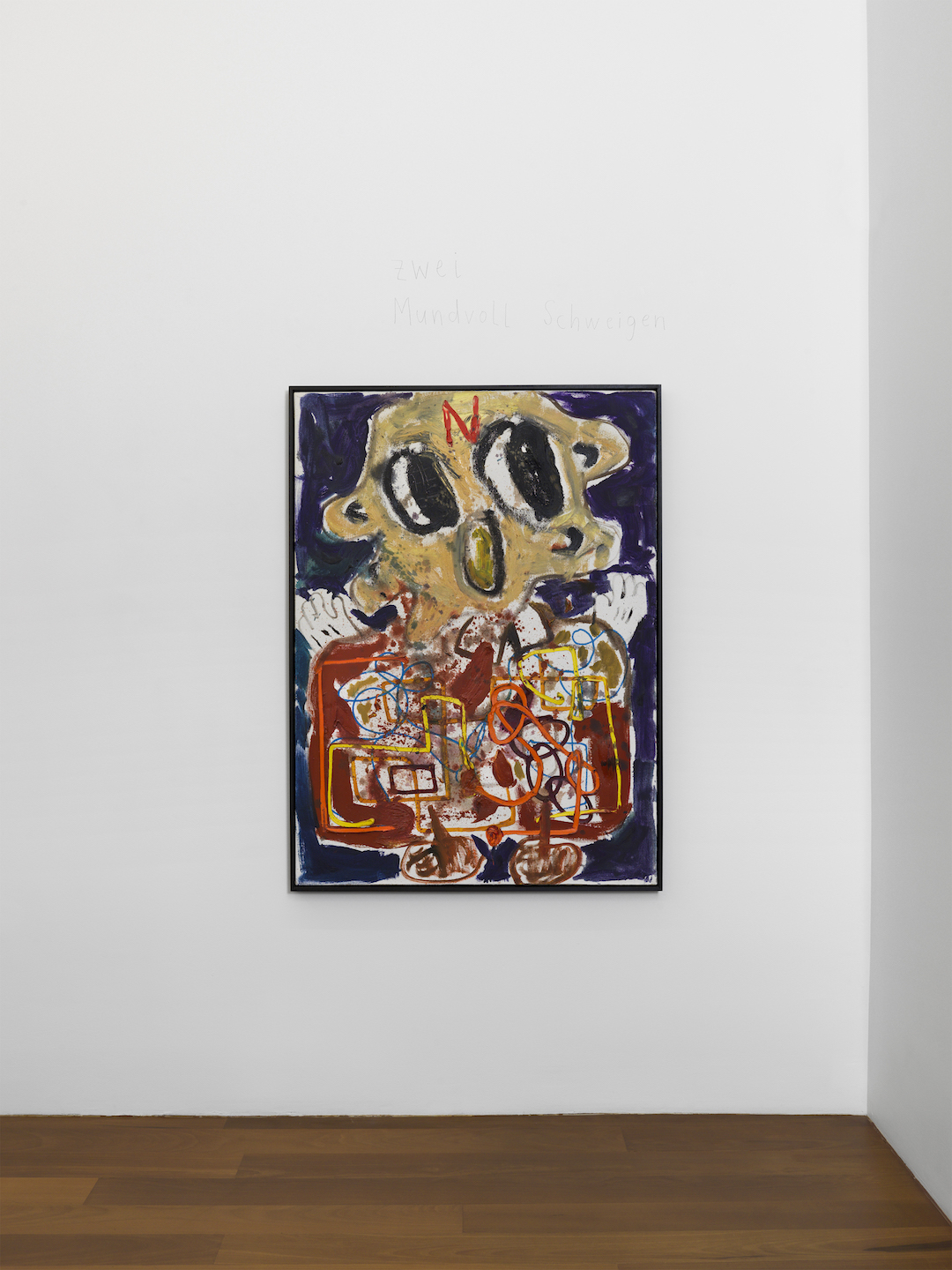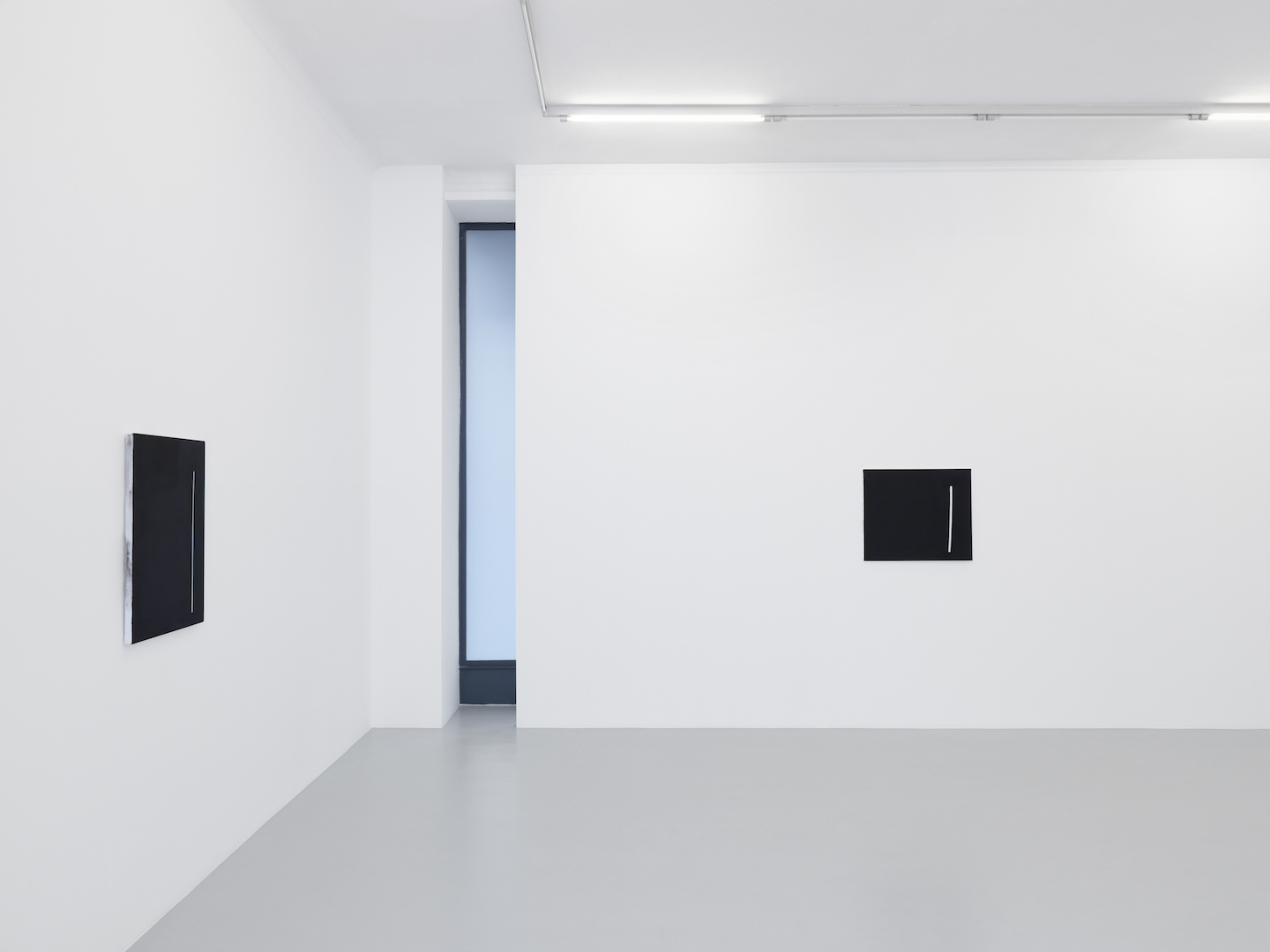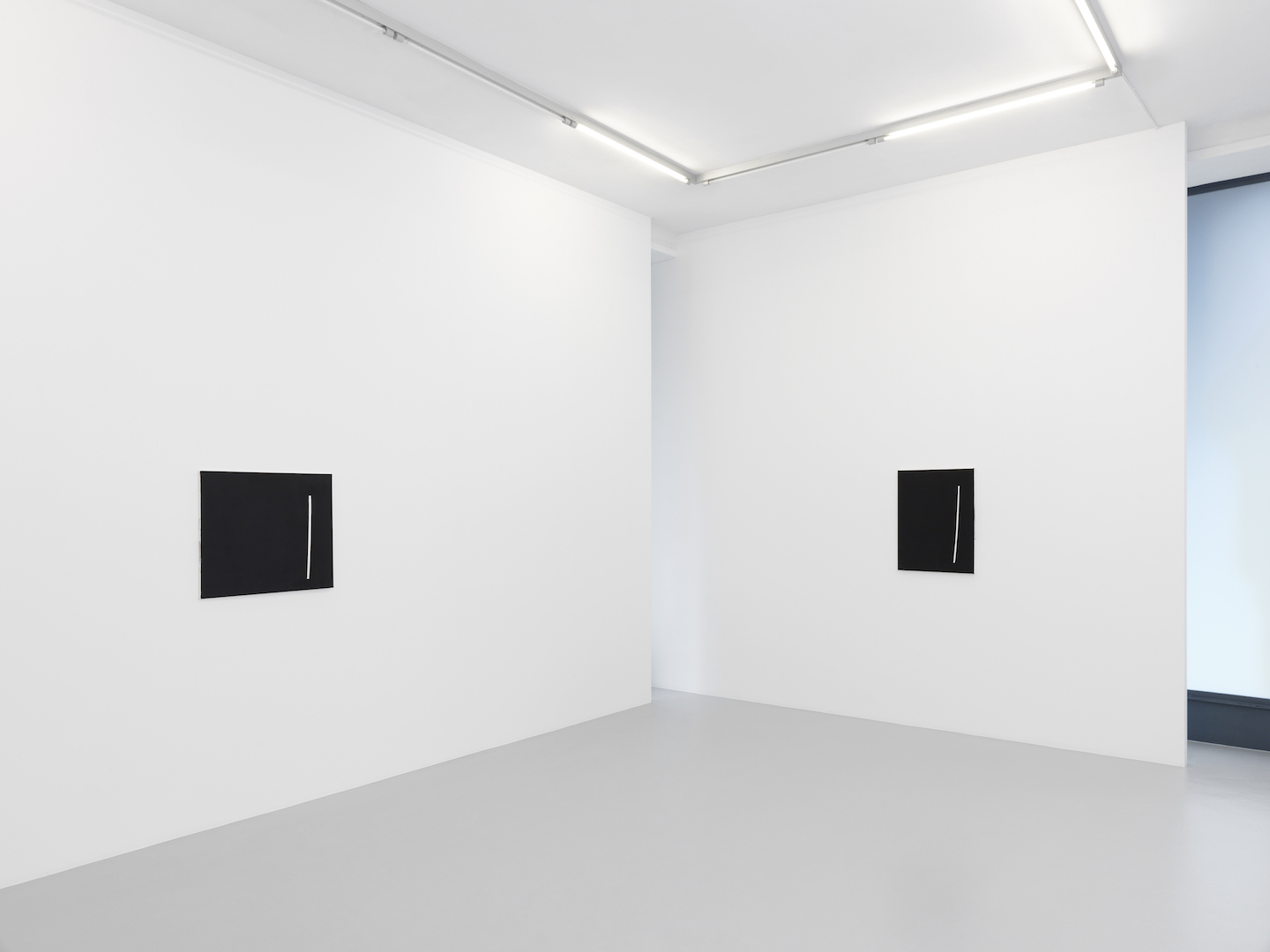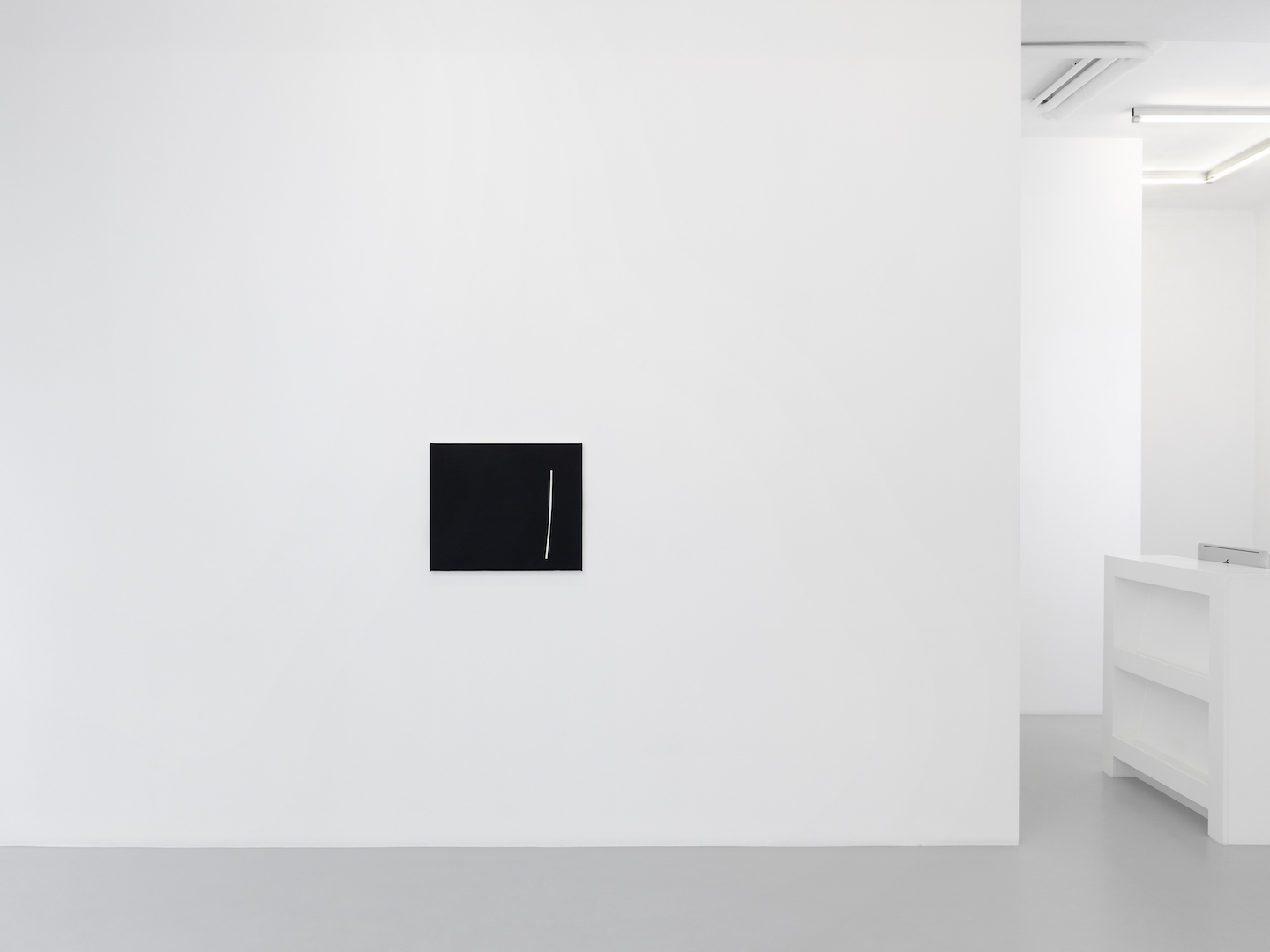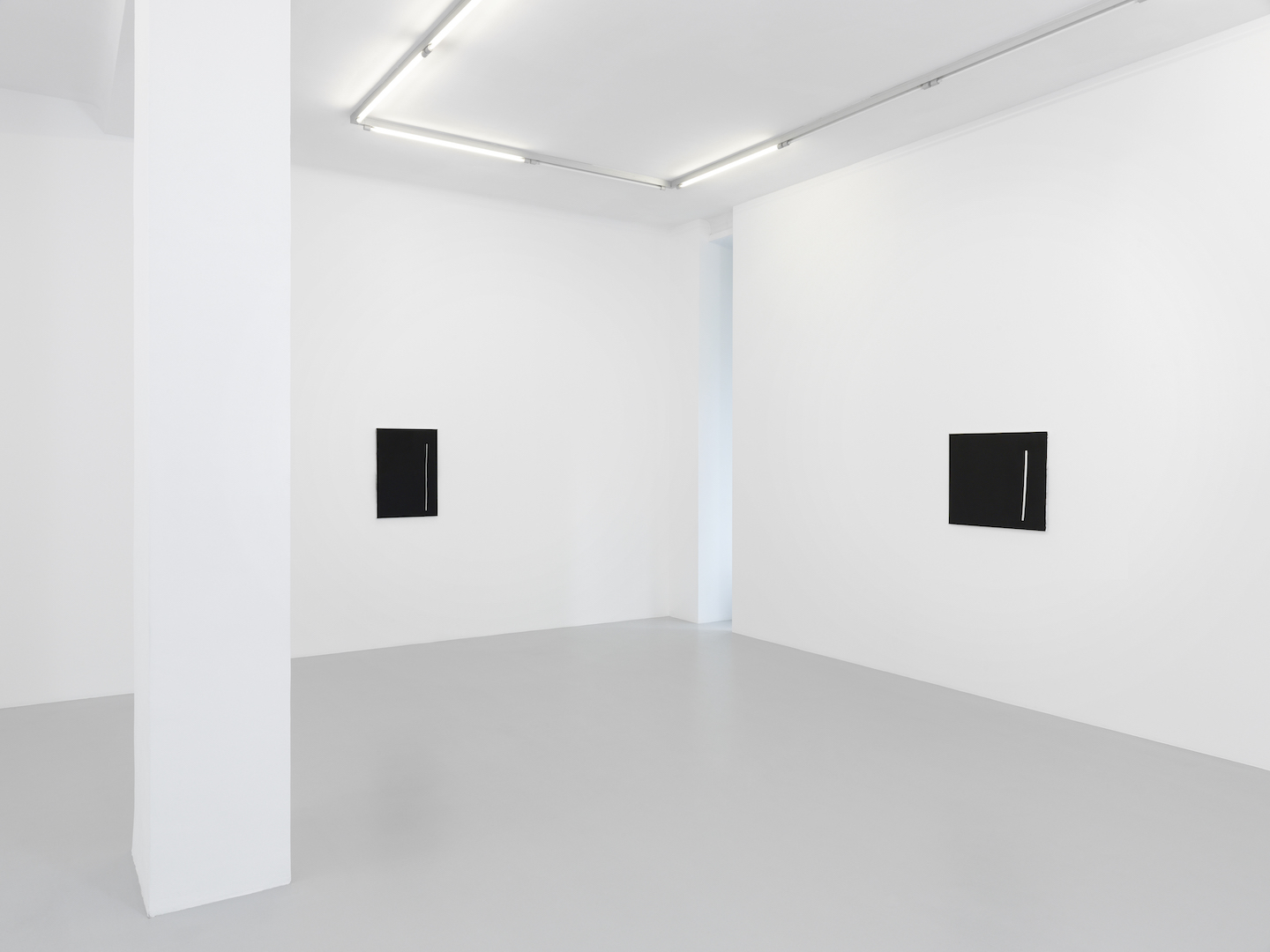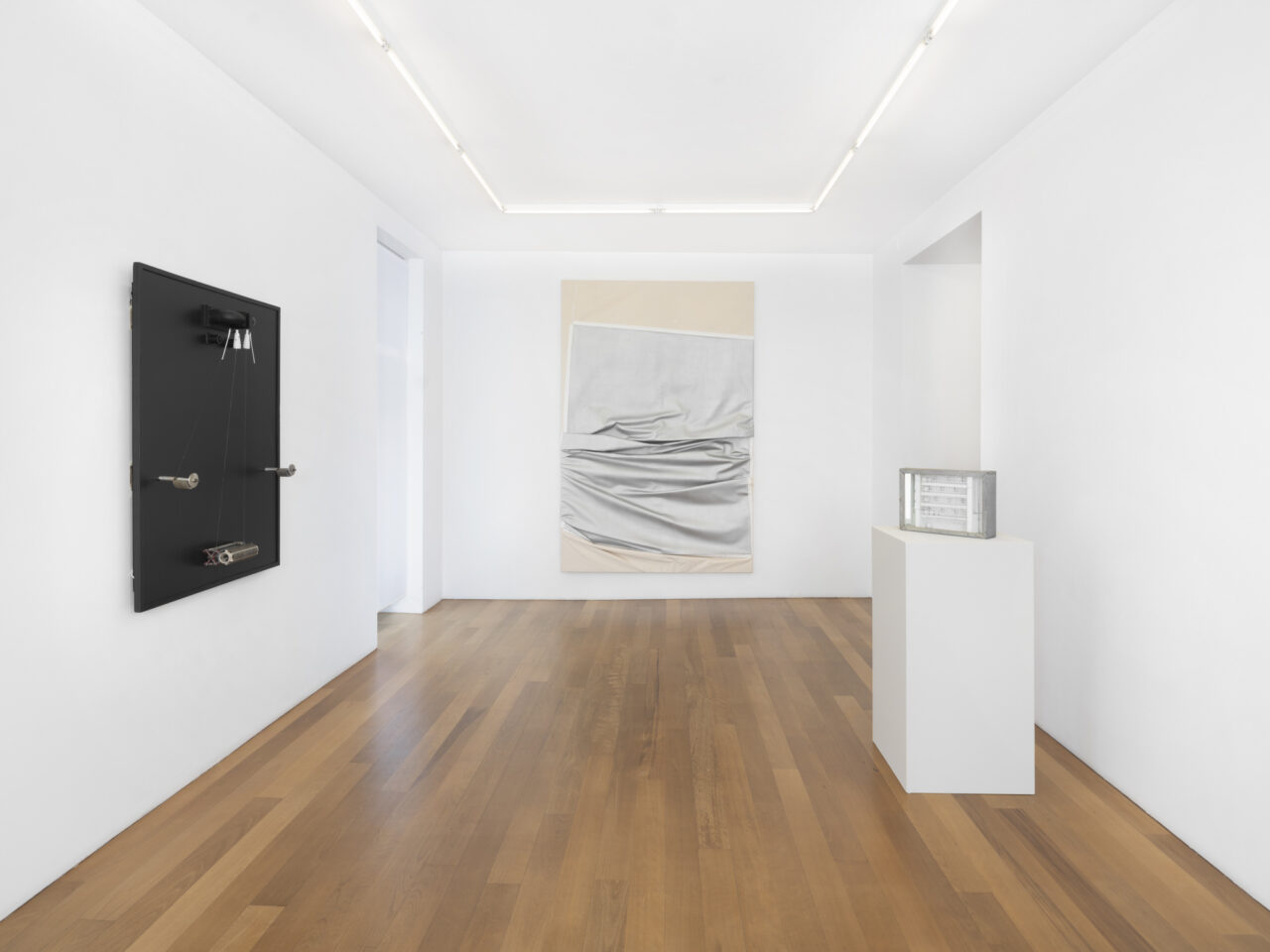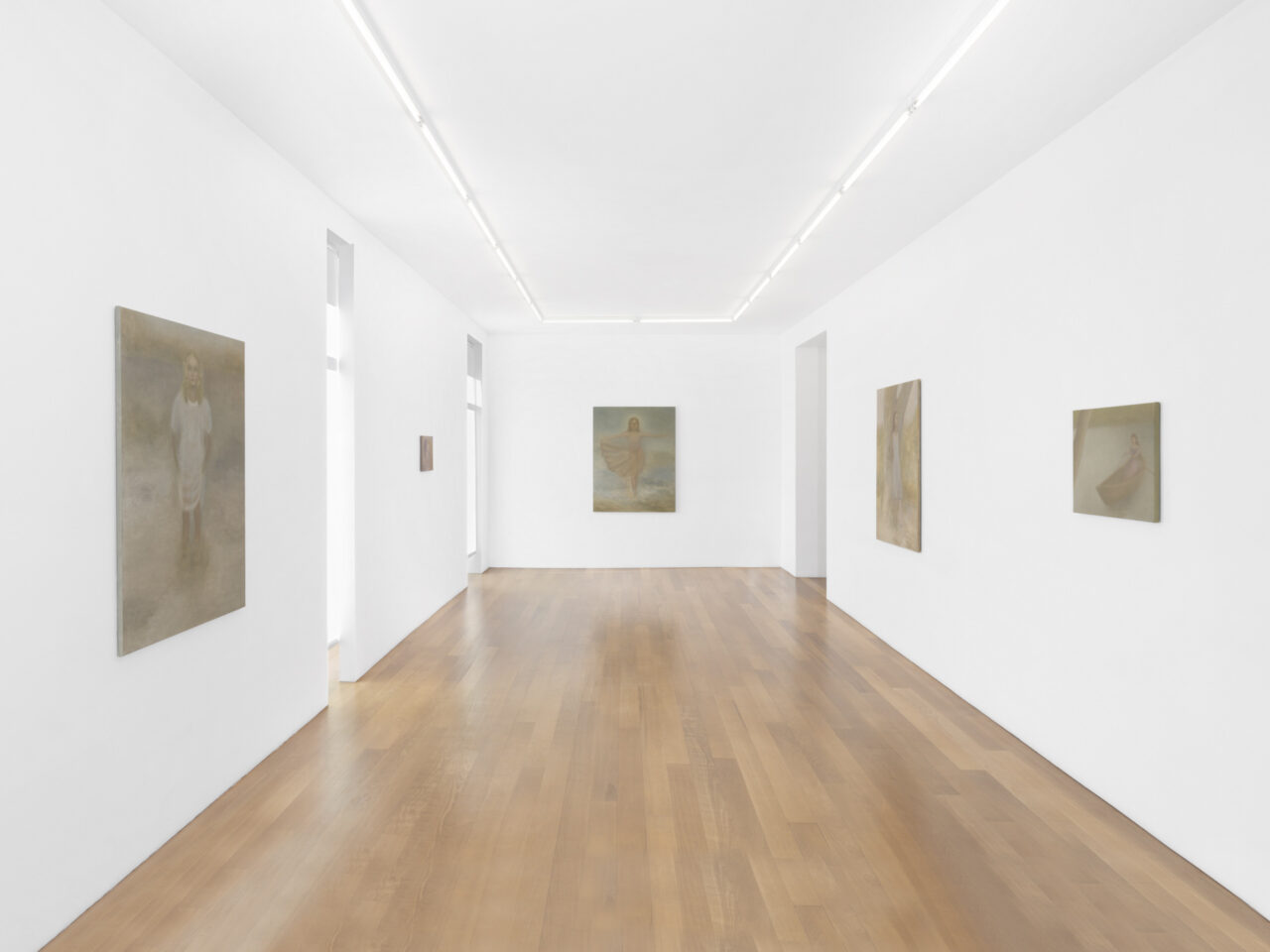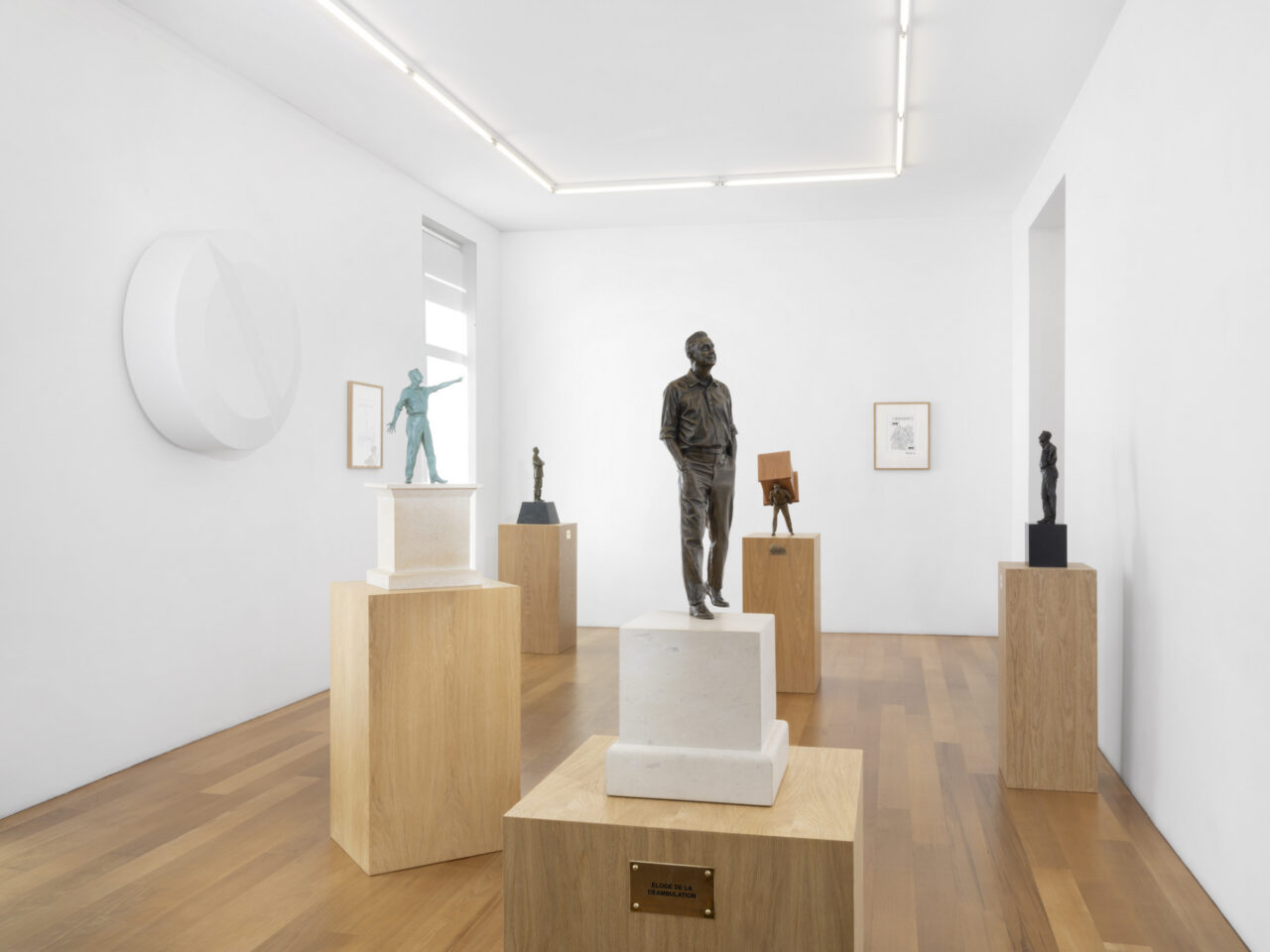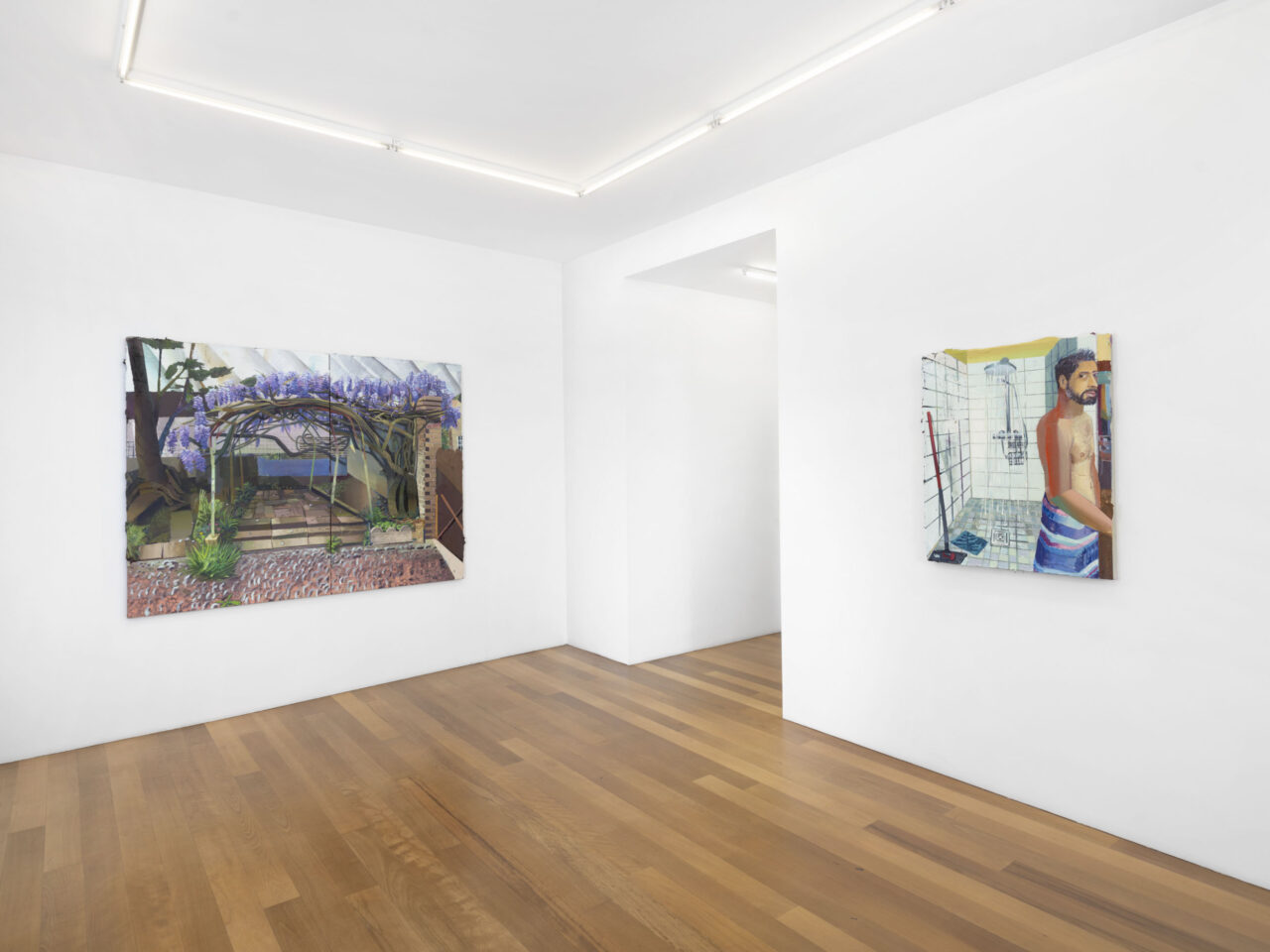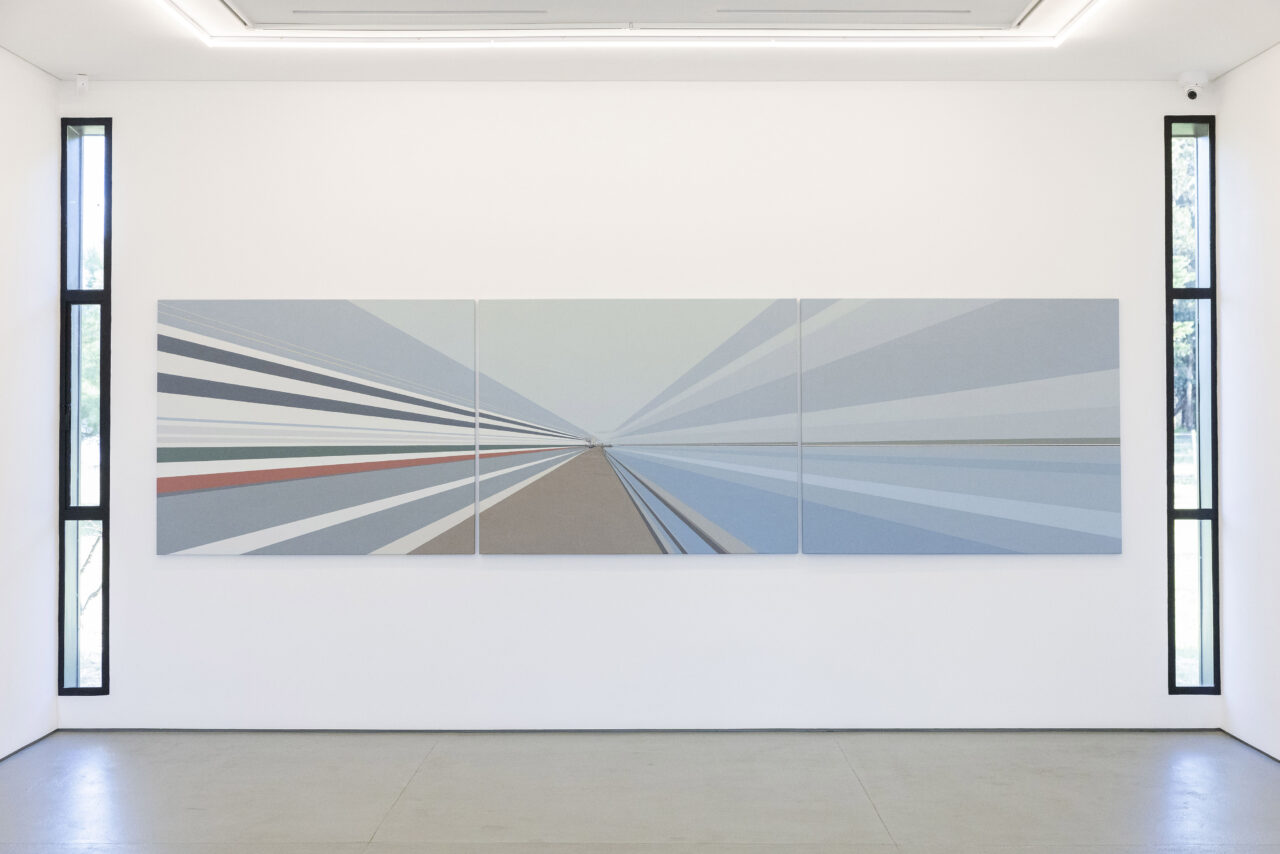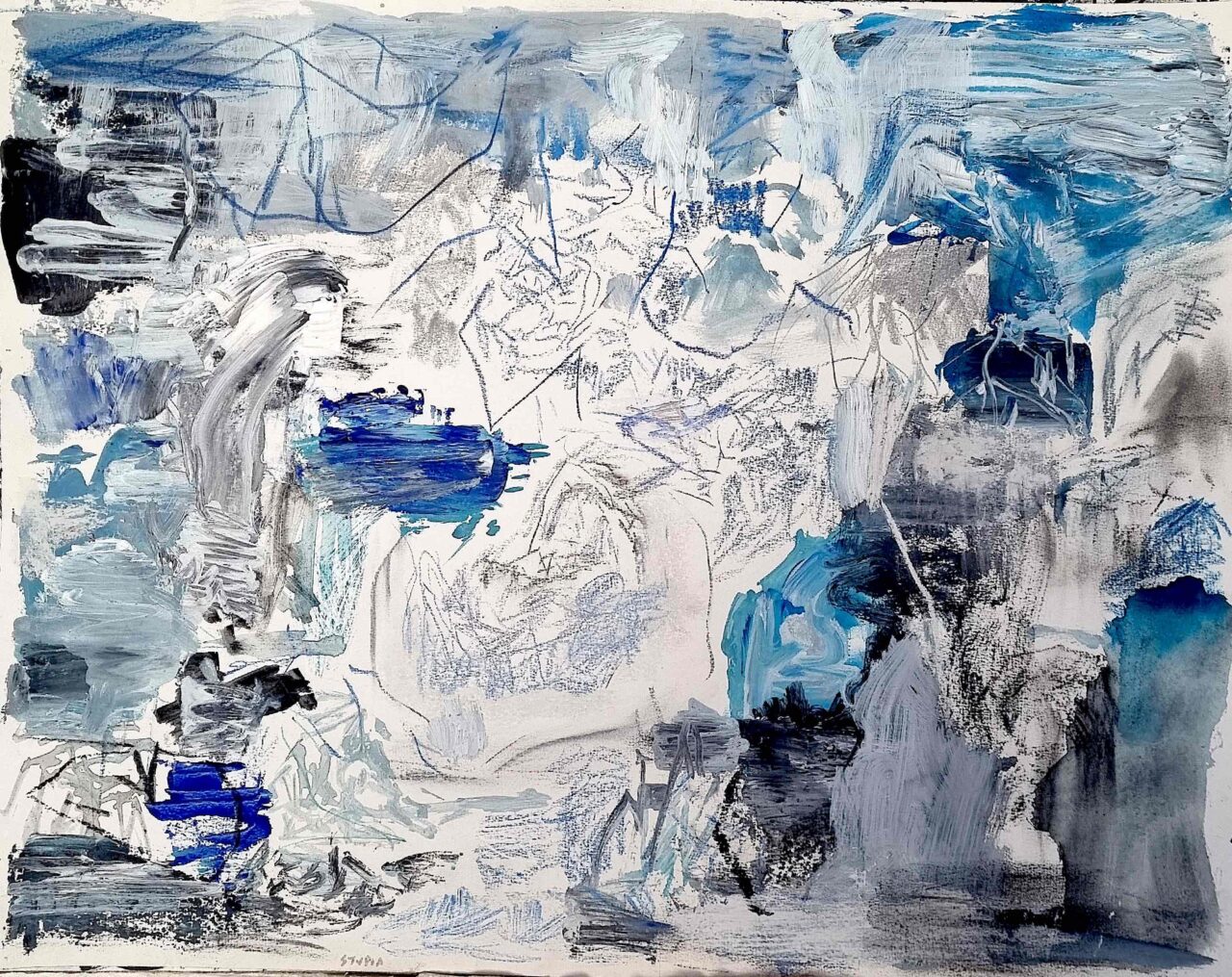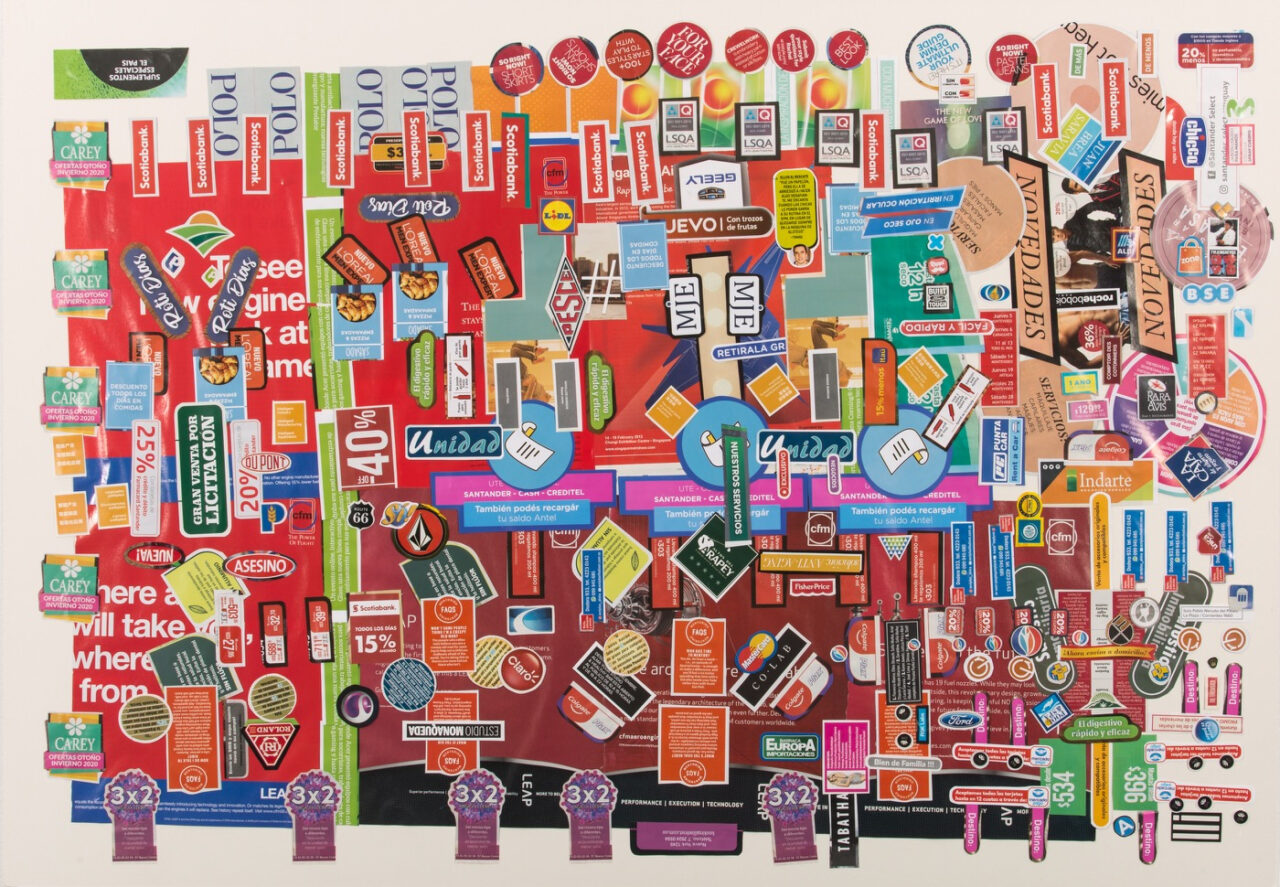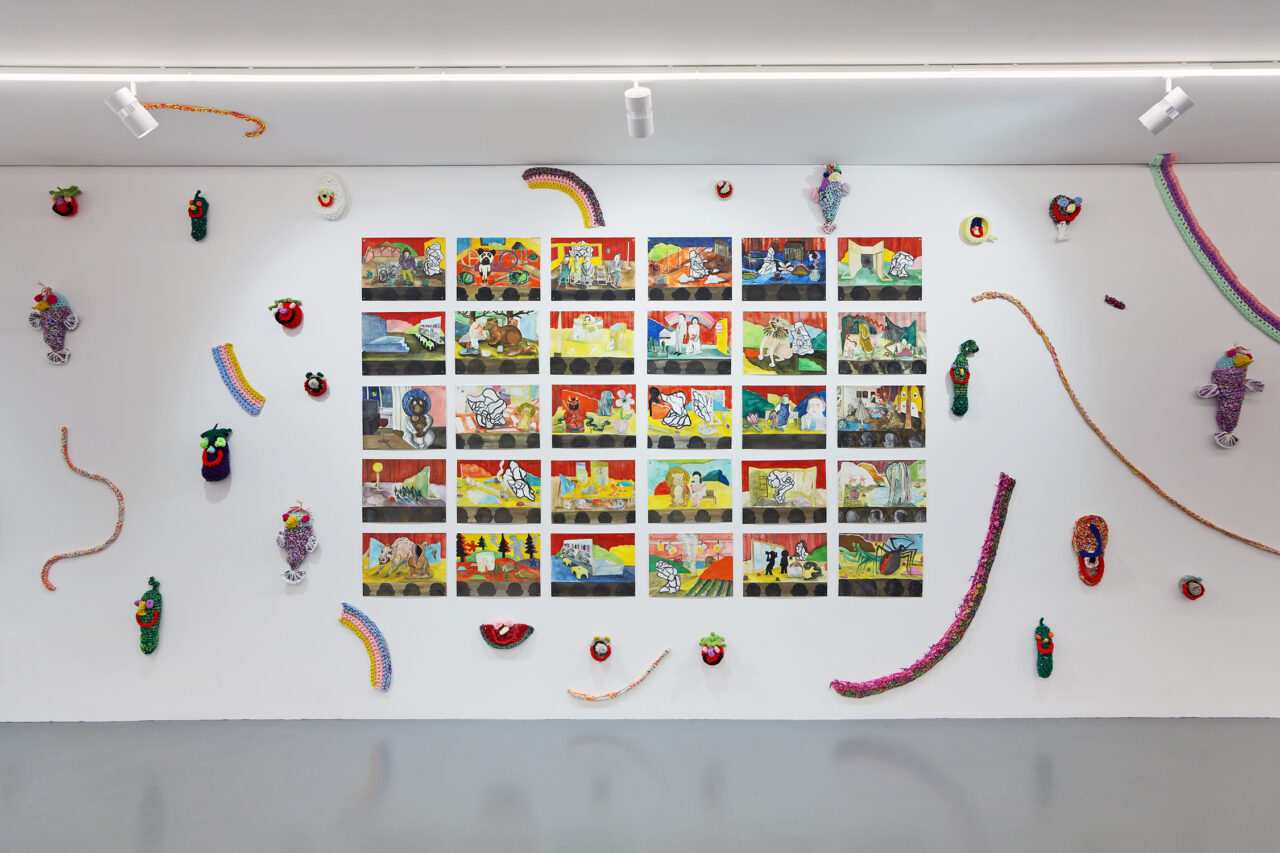André Butzer
André Butzer
15.09.17 → 28.10.17
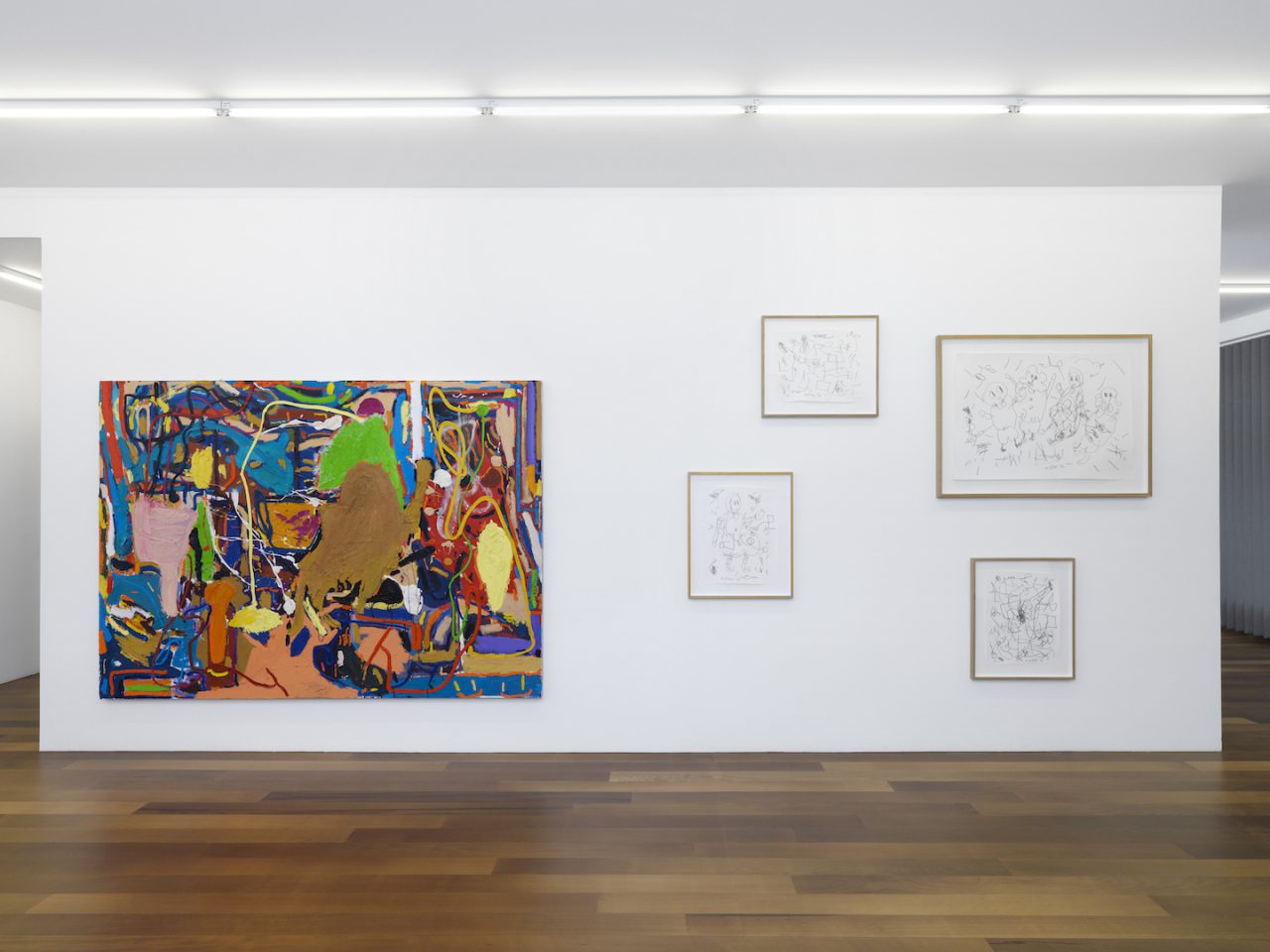
Exhibition from September 15 to October 28, 2017
Opening Thursday 14th of September at 6 p.m.
Rue des Sablons 6 & Rue des Bains 61, 1205 Geneva
The Galerie Xippas in Geneva is delighted to present an exhibition by André Butzer. For his first solo show at the Geneva-based spaces, the German artist will present a special overview of his work with pieces both from his acclaimed “N-Bilder” series started in 2010, shown in the first space, as well as previous works in the second space. This journey within the two galleries offers a profound insight in what is pictorial in André Butzer’s work.
André Butzer is one of the most important artists in the German contemporary art scene. He develops his works exclusively around the painting medium and its history. From the mid-1990’s on, Butzer gains international recognition through his colorful paintings, which seem to represent cartoon-like characters. The first works of André Butzer, which he himself has qualified as “science-fiction expressionist”, present a reality which is artificially exaggerated with sometimes grotesque forms. Its characters are the inhabitants of an imaginary utopia/dystopia: “NASAHEIM” (a name made up from NASA and Anaheim, a Californian city in the suburbs of Los Angeles founded in the 19th century by German immigrant families and since the 1950ies the HQ for Disneyland). These figures are the products of a mass culture, which pushes to the extreme deformation, and plunges us into an infinity of allusions.
To continue, the figures tend to gradually disappear into the grounds, marking the figurative passage to the abstract in favor of the autonomous in pictorial media. The structure seems anarchic, the patterns intertwine at the surface in the midst of a chaos of exploding colors. The thickness of the paint and its application directly from the tube to the canvas almost becomes the signature of Butzer. In continuity with this path towards abstraction, he creates, in 2010, the first “N-Bild” piece, and thus seems to part with the colorful paintings that constituted his work until then. The paintings presented in the first Geneva space fall under the continuity of this series which consists in a collection of black and white oil-on-canvas pieces in medium and grand format started in 2010, then developed during the last seven years. These works consist in a unique vertical white space which was created freehandedly within a black chromatic field, signifying the research permanently lead by the artist on pictorial elements and the relationships that they hold between each other. The paintings develop their own nuances depending on the lighting. The black does not only absorb light but also becomes a source of it. The white part seems to float on the canvas, like a visual flash, thus creating an interstice. André Butzer defines himself as a colorist. He justifies the usage of black and white as a research around the maximal potential of color, as these two elements result from the reunion of all existing hues.
As for the term “N-Bild”, the “N” firstly refers to the term “Nasaheim”, a utopian vision created by André Butzer, explained earlier in the text. André Butzer also explains that the “N’ is a sacred number, perhaps even a golden number or a letter which could help artists in the creative process as well as forging their own path through their pieces. ‘N’ follows its own rules and does not refer to any terrestrial measure”. Though, at first glance, the lines or shapes seem straight, André Butzer does not seek to create “perfectly” linear traces, as it would equate to reproducing geometrical units of measurement, in which he does not believe. Each piece is unique albeit the formal resemblances. Fore and backgrounds are abolished. According to him, “the artistic or pictorial geometry is entirely different to the geometry to which we refer to on a daily basis when speaking of architecture or design. Pictorial geometry is not imperfect, it is in itself superior to normal geometry, Pictorial geometry has a divine dimension, (…) it relates to the ‘N’; it represents a world where our terrestrial rules do not apply”.
André Butzer was born in Stuttgart in 1973. He lives and works in Rangsdorf, near Berlin. From 1996 to 2000, he studied in Hamburg, at the Isotrop Academy. Several institutions have organized solo exhibitions of his work: the Bayerisches Armeemuseum in Ingolstadt (2016), Kunstverein Reutlingen (2015), The Art Contemporary Foundation in Weidingen (2014), the Kunstverein in Heppenheim (2012), the Art History Museum in Vienna (2011), the Kestnergesellschaft Hannover (2011), as well as the Kunsthalle Nürnberg (2009). André Butzer’s work has been exposed in many group shows: Abstract Painting Now! at the Kunsthalle in Krems (2017), Hope and Hazard : A Comedy of Eros at the Hall Art Foundation in the United States (2017), Sammlung Viehof : Internationale Kunst der Gegenwart in the Deichtorhallen in Hamburg (2016) or at the MOCA (Los Angeles) and at the Art Contemporary Museum in Nîmes (France). In 2018, he will be invited for a solo exhibition by the Museum of Contemporary Art IKOB in Belgium and at the Yoshii Foundation in Hokuto, Japan. His work has been acquired by numerous public collections, such as the Prada Foundation (Milan), the Goetz Collection (Munich), the Saatchi Collection (London), the University of Chicago (Chicago), the Museum of Old and New Art (Hobart, Tasmania), the Kunstmuseum in Stuttgart, the Rubell Collection (Miami), the Museum of Contemporary Art (Los Angeles), the Los Angeles County Museum of Art (Los Angeles), the Hammer Museum (Los Angeles), Hamburger Bahnhof, Museum für Gegenwart (Berlin), the Kupferstichkabinett Graphische Sammlung (Berlin), the Carré d ́art, Musée d ́art Contemporain, Nîmes, or the Phoenix Art Museum (Phoenix).
Exhibition views
-
![Annik-Wetter_2017-09-13_10035.jpg]()
Exhibition view, André Butzer, Galerie Xippas, Genève, Suisse, 2017
©Annik Wetter -
![Annik-Wetter_2017-09-13_10063.jpg]()
Exhibition view, André Butzer, Galerie Xippas, Genève, Suisse, 2017
©Annik Wetter -
![Annik-Wetter_2017-09-13_10046.jpg]()
Exhibition view, André Butzer, Galerie Xippas, Genève, Suisse, 2017
©Annik Wetter -
![Annik-Wetter_2017-09-13_10030.jpg]()
Exhibition view, André Butzer, Galerie Xippas, Genève, Suisse, 2017
©Annik Wetter -
![Annik-Wetter_2017-09-13_10025.jpg]()
Exhibition view, André Butzer, Galerie Xippas, Genève, Suisse, 2017
©Annik Wetter -
![Annik-Wetter_2017-09-13_10054.jpg]()
Exhibition view, André Butzer, Galerie Xippas, Genève, Suisse, 2017
©Annik Wetter
-
![Annik-Wetter_2017-09-13_10006.jpg]()
Exhibition view, André Butzer, Galerie Xippas, Genève, Suisse, 2017
©Annik Wetter -
![Annik-Wetter_2017-09-13_10074.jpg]()
Exhibition view, André Butzer, Galerie Xippas, Genève, Suisse, 2017
©Annik Wetter -
![Annik-Wetter_2017-09-13_10081.jpg]()
Exhibition view, André Butzer, Galerie Xippas, Genève, Suisse, 2017
©Annik Wetter -
![Annik-Wetter_2017-09-13_10091.jpg]()
Exhibition view, André Butzer, Galerie Xippas, Genève, Suisse, 2017
©Annik Wetter -
![Annik-Wetter_2017-09-13_10095.jpg]()
Exhibition view, André Butzer, Galerie Xippas, Genève, Suisse, 2017
©Annik Wetter -
![Annik-Wetter_2017-09-13_10105.jpg]()
Exhibition view, André Butzer, Galerie Xippas, Genève, Suisse, 2017
©Annik Wetter
